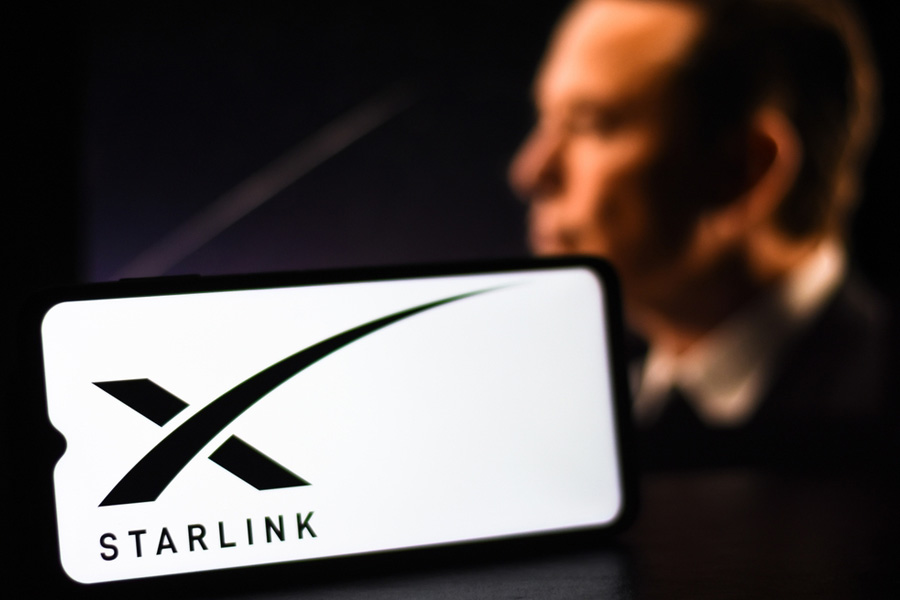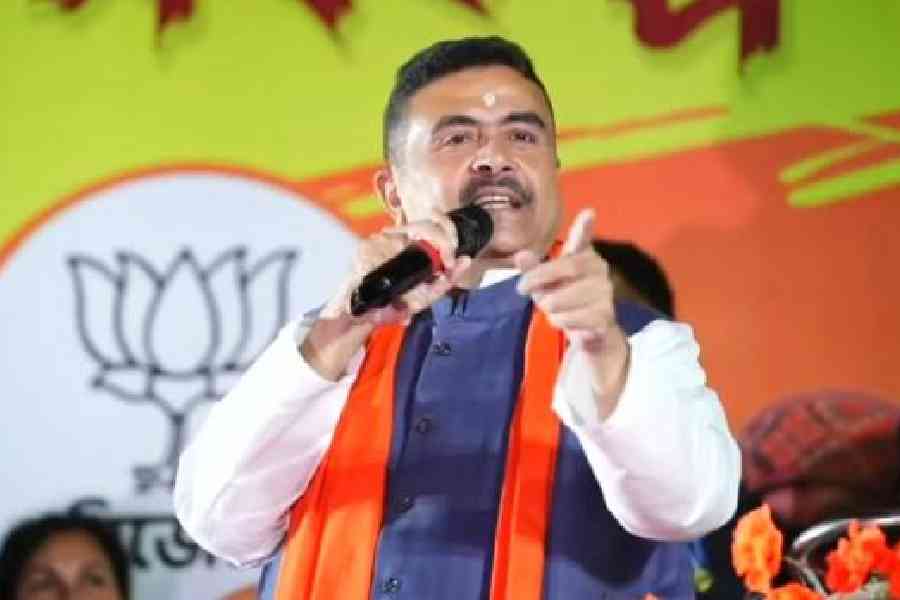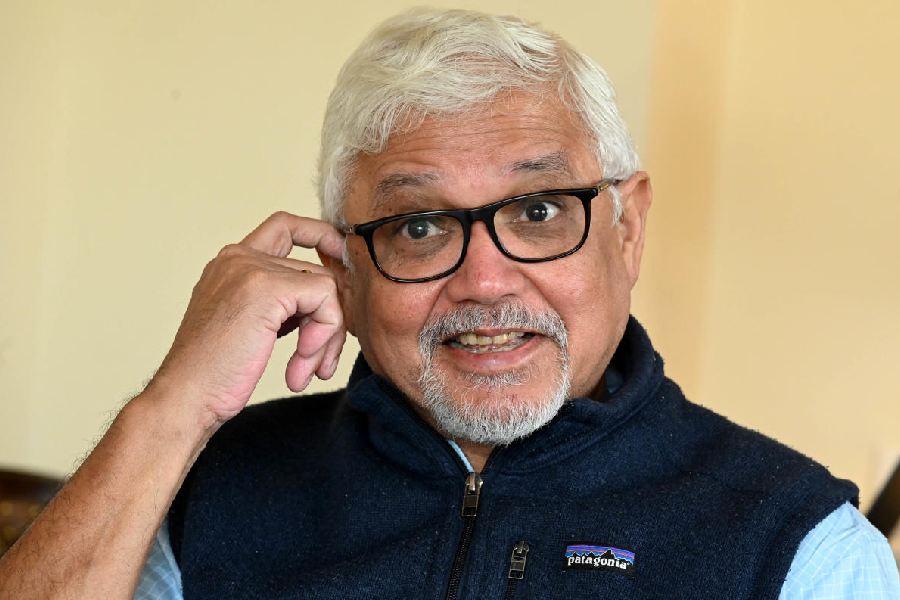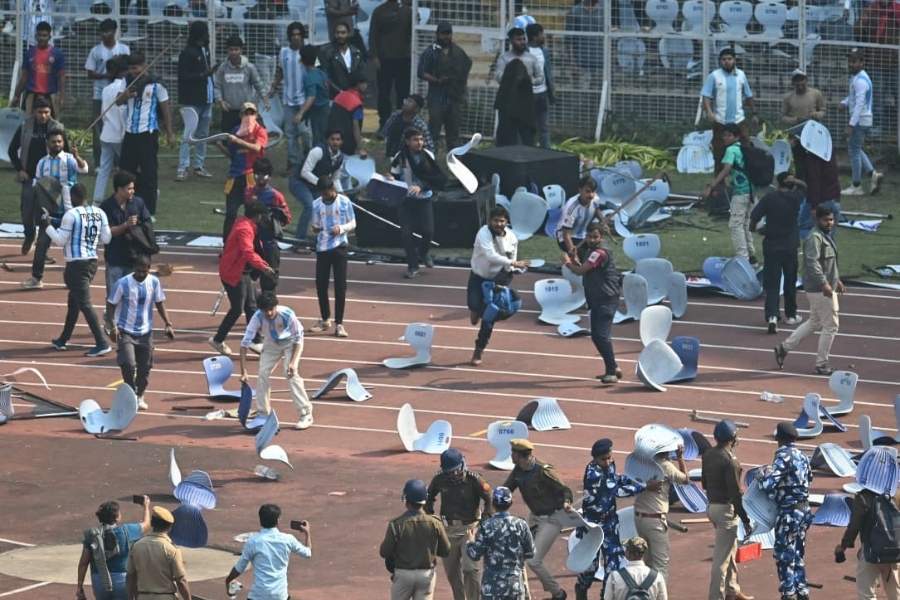The path seems clear for satellite communication services Starlink in India as the department of telecommunications issues a letter of intent to the Elon Musk backed company but costs, obstructions, overheating and power reliability remains a question.
Starlink, developed by SpaceX, aims to provide high-speed, low-latency broadband internet worldwide using satellite technology - an offering described by many as broadband beamed from space.
In Bangladesh, Starlink has launched nationwide coverage at a monthly fee of 4,200 Bangladeshi Taka (around Rs 3,200), with a one-time equipment cost of 47,000 Taka (approximately Rs 33,000).
Dense fog, overcast skies or heavy rains can result in slower speeds or brief signal dropouts — not ideal for video calls or transferring large files.
The dish also demands an unobstructed view of the sky, making trees, electric poles and even urban clutter a potential hindrance.
Areas affected by voltage drops or routine load shedding will see Starlink go dark alongside the power grid, unless a user has invested in solar panels or a robust unlimited power supply system.
In peak summer, the dish has been known to shut down temporarily under intense heat.
Bandwidth congestion is yet another factor to consider. As with any shared resource, speed can dip during peak usage hours if too many people are connected in the same area.
According to reports, Starlink warns that connection speeds can vary depending upon placement of dish and the number of other people using the service at the same time.
On Thursday, Bangladesh tested Starlink on the final day of the Bangladesh Investment Summit. Speed tests recorded an average speed of approximately 170 Mbps, despite simultaneous usage by over 70 users, indicating stable performance under moderate load.
But unlike traditional satellite internet that relies on a few satellites parked in geostationary orbit 35,000 kilometres above Earth, Starlink utilises a dense mesh of low-Earth orbit satellites that circle 550 kilometres above the surface.
The lower altitude improves speeds.
Once installed — on a rooftop or open area — the dish connects to these satellites, which then relay data to ground stations and on to the wider internet.
For rural India Starlink could be a game-changer. It offers something that fibre and mobile networks often cannot: presence. But the cost—News18 reported that industry estimates suggest the monthly subscription fee could range from Rs 3,000 to Rs 7,000 and users will have to buy a satellite dish and Wi-Fi router — priced between Rs 20,000 and Rs 35,000.
Local fibre providers, atleast in cities, towns, and suburbs, already offer cheaper, faster and more reliable service with fewer weather-related hiccups. In such places, Starlink risks becoming more of a status symbol than a necessity.
In India, Starlink awaits just a few approvals from the Indian National Space Promotion and Authorisation Center (IN-SPACe), along with spectrum allocation and pricing recommendations from the Telecom Regulatory Authority of India (TRAI).
Starlink is present in 114 countries and territories covering a population 2.67 billion people, as of March 2025.












